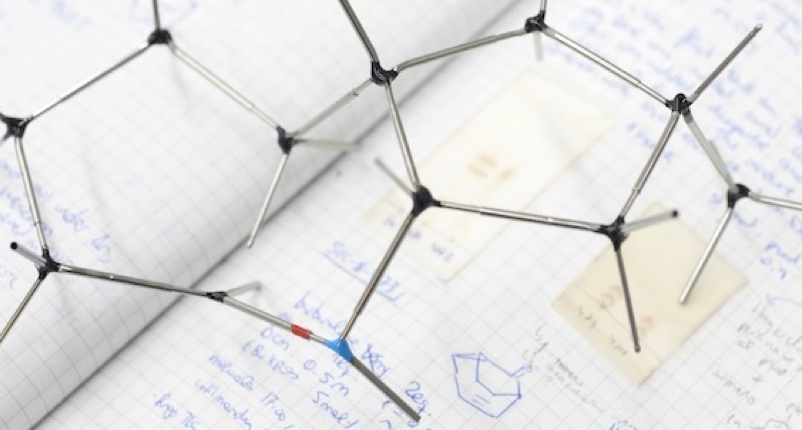Recent advances in electrocatalytic CO2 reduction with molecular complexes
Solutions are urgently needed to mitigate our dependence on fossil fuels and climate change. In this sense, reducing CO2 electrocatalytically to fuels and fine chemicals is a promising strategy when powered by renewable energy. However, there are multiple challenges to overcome to have a practical application, such as improving the catalysts in terms of activity (turnover numbers, turnover frequencies) while displaying high energy efficiency (low overpotential), excellent selectivity for a preferred product (Faraday efficiencies), and long-term stability. To meet these demanding goals, a better understanding of the reaction mechanism is needed, to make more favorable the pathways that yield desired products and avoid the undesired ones. Indeed, different strategies to increase the activity, without compromising the overpotential or selectivity, have emerged from a rational design during the last years. In particular, this review focusses on molecular catalysts as the mainstay in this logical evolution of catalysts. Since mechanistic information relates to the CO2 electrocatalytic reduced product, the chapter is divided into two main sections, a first main body of information of two-electron reduced products, such as CO and formic acid, and a second section with more than two-electron reduction products (CH2O, CH3OH and CH4). Selected aspects of interest for catalyst development of this quickly evolving research area are discussed.

Fernández, S.; Dubed Bandomo, G. C.; Lloret-Fillol, J.
BOOK CHAPTER
Adv. Inorg. Chem., Ed. Elsevier 2022, 8, 79, 297-349, (ISBN: 978-0-323-99972-4)
DOI:
10.1016/bs.adioch.2022.01.001

Let's create a brighter future
Join our team to work with renowned researchers, tackle groundbreaking
projects and contribute to meaningful scientific advancements




















